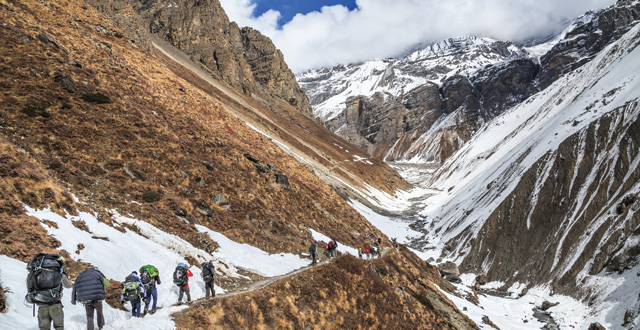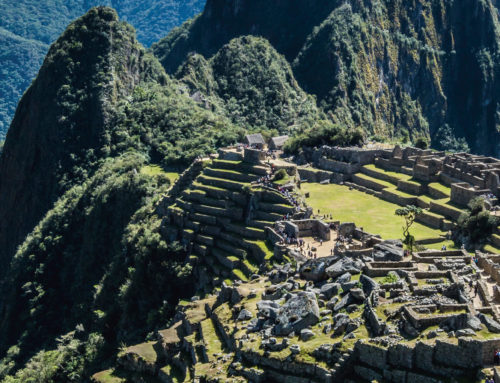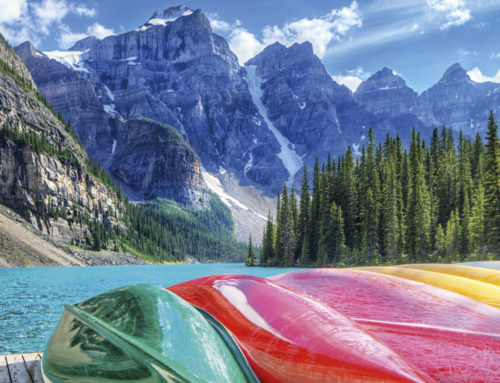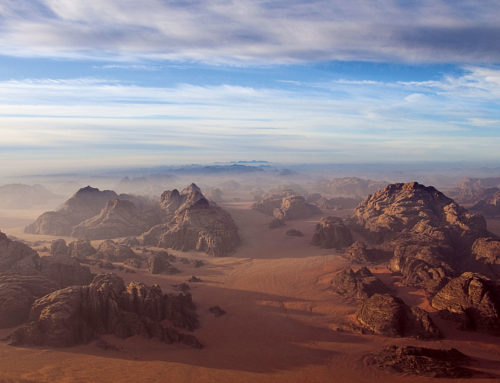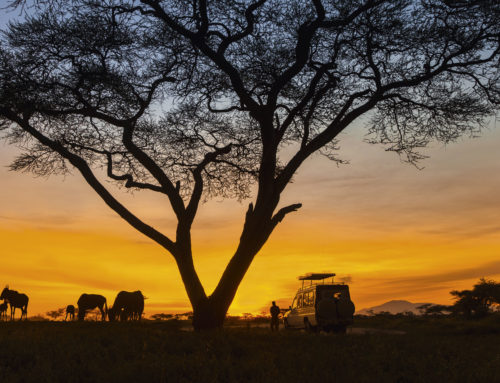Hiking means different things to different people. For some, it’s a one-mile walk, with easy-to-follow signs and boardwalks. For others, it’s the full Annapurna Circuit, a 145-mile trek in Nepal that reaches up to 1,7770ft in altitude. Long-distance walks may involve guides and will certainly require greater fitness levels than a quck ramble around a national park. Tourists taking part in such activities must be able to cope with relentlessly changeable weather conditions — a very different customer to one who prefers to do a series of treks from the comfort of their own guesthouse.
The hiking market is certainly broad. Walking is the most accessible form of exercise and can be done by everyone from walking pole-reliant older travellers to kids who enjoy scrambling along paths. It’s also an activity that can be done everywhere, from jungle to mountain, desert to city — Hong Kong has some spectacular urban hikes, for example.
Before going
There are several points to consider before booking. Working out what terrain and climate works suits is a good start. Mountain hiking can be extremely rewarding, but consider whether other skills are
also needed — for example, using crampons or ice picks. Similarly, a jungle walk will merit its own unique set of considerations, as humidity levels can’t
be underestimated.
“Jungle is among one of the most extreme environments on the planet,” says Ally Macleod, digital media manager at Secret Compass, which runs trips across tough terrain like Colombia’s Darien Gap. “Physically, the heat, the humidity, and the chance of tropical rainstorms will present challenges every day. What’s more, it can feel like everything in the jungle is out to get you, from difficult, slippy terrain underfoot, to biting insects and harmful animals. Psychologically, staying alert at all times is energy-consuming, but careful consideration and a upbeat attitude can help you to avoid unnecessary accidents.”
The right boots will determine how enjoyable (and blister-free) a walking holiday is. Hiking shoes require a breaking-in period, so get them fitted properly in an outdoors shop and wear them around the house before going on a series of shorter walks before the big trip. Jungle expert Rick Morales, who runs tours with Secret Compass, advises packing
“tall, military tactical boots and non-GoreTex boots. In
the jungle, regular hiking boots designed for
other environments don’t stand up to the
sticky environment”.
Adam Downham, managing director of Oku Japan, recommends leather or fabric (for example, suede and Gore-Tex) boots for trips involving walking or hiking in more forgiving terrain. “Ankle support is important, so trainers or similar footwear aren’t recommended for longer hikes. Trainers are OK for shorter morning or afternoon guided walks.”
Unlike other types of holiday, travellers may be carrying a pack for much of the journey, so pack light. A waterproof bag will give peace of mind when bad weather strikes. It’s worth considering bag-weight and shoulder support too. Although it might not feel like much, even a few grammes can be the difference between bearable and intolerable on long trips. Ashley Blake, founder of Traverse Journeys, recommends packing waterproof clothes, rain gear and healthy snacks. “Even if you don’t typically burn, high elevation intensifies the sunlight. Bring high-SPF sunscreen, a good hat and sunglasses.”
Finally, as much physical preparation as possible should be undertaken before the trip. The last thing you need is to get to the third day of a trip and realise you’re not physically fit enough to carry on. Gently increase a training schedule and try to fit in a few extra weekend walks to make sure the holiday is enjoyable, not a grind.
On the trip
On longer treks, such as those around the Himalayas or ones which involve multiple nights of hiking, hiking assistants and even mules may be used to carry bags. Walkers will still be expected to carry water and a small bag, but it can provide peace of mind to know someone else will be responsible for lugging the heavy stuff up a mountain.
Chloe Knott, product manager at Exodus Travels, says, “For higher altitude treks you can often hire down jackets and sleeping bags. If you don’t plan to be regularly trekking at cold temperatures, then this is well worth it and can save you hundreds of pounds if you were to buy them.”
When it comes to accommodation, hiking adventures don’t necessarily mean camping in a bivvy bag halfway up a mountain. Some trips
make use of huts and shelters. They’re basic, but extremely welcoming.
Simon Ma, global brand manager at G Adventures, recommends a local guide for treks. “When undertaking challenging treks, the quality of the support team is paramount, not only for their safety, but for overall enjoyment of the experience. We work with local communities to retain good quality porters and offer them growth opportunities.”
For those doing a self-guided hiking trip, a good map is important. Many mountains and national parks have multiple routes and trails, and there are few things more frustrating than accidentally ending up on the wrong route and having to scale a mountain that wasn’t prepared for.

